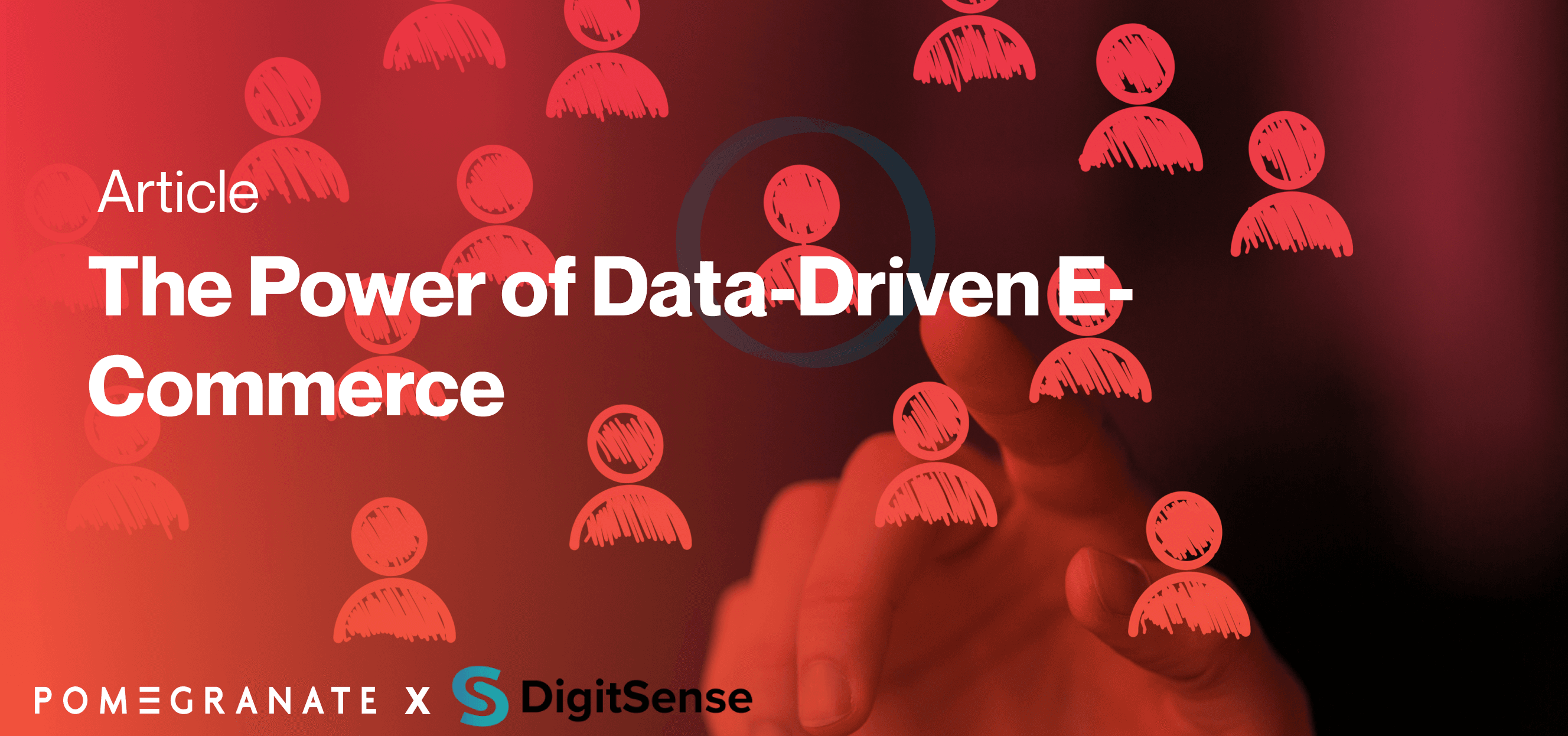Smartwatches are fast becoming the must have digital accessory. With the latest trends focused on monitoring health and well-being through a small device strapped to your wrist , even the older generation are jumping on the trend and getting to know the newest technology.
With the latest trends focused on monitoring health and well-being through a small device strapped to your wrist , even the older generation are jumping on the trend and getting to know the newest technology.
But this hasn’t always been the case, would you believe the first AppleWatch was released in 2015, only for it to be deemed a total flop? For almost a year, sales remained far below expectations, trailing behind their wearable competitor Fitbit, whose fitness and health focus had a broader appeal, Apple learned their lesson, and pivoted their marketing accordingly, highlighting similar fitness features for subsequent Apple Watch releases.
As a result of listening to customers and paying attention to the competition, the Apple Watch (of course), is now the number one watch in the world, even ahead of established brands like Rolex, who have a 55% market share in the smartwatch sector.
In 2019 Google saw the growth potential and acquired Fitbit and established watchmaker Fossil. Since they have been working diligently on their Google Pixel Watch, which might be a serious challenger to the Apple hegemony.
The public response
Customers are not afraid to voice their opinions online, so using out Emotional Ignition tool, we automatically analyzed tens of thousands of tweets, to see what the big brands should do to improve their products.
While users still have core concerns, like the lacking battery life of both the Apple Watch and Google Pixel or the fact that the either product locks you into a closed ecosystem of either iOS or Android, meaning you also have to buy an iPhone or Android phone to make use of them, consumers are getting more and more excited!
The biggest surprise is the enthusiasm that even Apple Watch users have for the impending Google competitor, comparing it favourable to the Apple product. This is a makeshift change and potential indicator of where things are heading.
Are Apple losing their game?
In hundreds of tweets, users talk about their experience with iOS feeling sluggish and uncomfortable compared to what they felt handling the Google Pixel phone, and should this improvement in user experience be reflected on the latest watch, many would consider switching brands.
In addition, customers praised the round and sleek design of the Google product.
All of these points are good product development comments Apple should consider in their next edition but nevertheless the competition will certainly make this space livelier.
The Challenge
One of the key considerations for building smart watch apps is the smaller form factor and the challenges app developers face when creating these apps. This means a small display and tiny buttons for interaction, be they physical or touchscreen-based need to be carefully considered .
Only being able to process input via small buttons, little watch wheels or through a tiny touchscreen, creates a need for users to be able to navigate the app quickly and easily. The need to fiddle with buttons of any kind needs to be kept to an absolute minimum. Rather, apps need to be designed to be used with almost no input, such as through voice controls, simple touch gestures or arm movements detected by the gyroscope or accelerometer. This is a significant shift from smart phone app design principles, where users can be expected to navigate through a menu with multiple touches, or even enter information with a digital keyboard.
Enhanced interaction design
Working within these limitations, smart watches of the future could make use of other inputs and outputs to gain a significant advantage upon their competitors. Like voice controls that extend the capabilities of the smartwatch off of the screen, circumventing the need for a fiddly keyboard, so you can interact using other inputs.
Google has been working on a miniaturised radar based chip, called Project Soli, that can track real-time motion and gestures of the human hand. This technology would afford users a whole new set of off-screen gestures that could allow them to tweak variables, toggle states and even navigate on the watch.
<iframe width="560" height="315" src="https://www.youtube.com/embed/0QNiZfSsPc0?controls=0" title="YouTube video player" frameborder="0" allow="accelerometer; autoplay; clipboard-write; encrypted-media; gyroscope; picture-in-picture" allowfullscreen></iframe>Even without this technology, other competitors could add EMG sensors to detect muscle motions in the forearm or wrist to expand the range of controls. When coupled with haptic feedback, this could become a powerfully tactile user experience, which could easily replace smartphones in the future when paired with AR glasses.
At a flash
Rather than smart phone apps, which are launched to be engaged with for a few minutes or hours, smart watch apps will be requested at a moment's notice, and only looked at for a few seconds before their expected function is fulfilled and attention wanders. It is the spontaneous want to check an important bit of information or control a linked device or smartphone app that drives this behaviour, not the want to sit down and take their time with smart watch app exploration.
Because of this, smart watch apps need to be designed to be highly responsive, as users will expect information to be delivered quickly and efficiently on this platform. This is a challenge, as smart watch hardware is quite limited compared to what developers are used to from smart phones. Consequently, the app needs to be as simple and efficient as possible to provide this “at at glance” opportunity.
A real lightweight
Lastly, as users have expressed on social media a key consideration is battery life, as smart watches typically have much smaller batteries than smartphones. Apps need to be designed to be as power-efficient as possible. Consequently, it makes sense for the smart watch app to be partnered with a smartphone app, which does the heavy lifting on more capable hardware with sufficiently more stamina.
With the Apple Watch hitting its stride and the impending full demonstration of the Pixel Watch now is the best time ever to get into developing smartwatch compatible apps. Smartwatch app development is potentially highly lucrative in an expanding market, however the challenges faced by designers and developers are novel. All apps need to be lightweight, efficient, simple, easy to use, and always display crucial information using only simple gestures or touch controls.
Lets chat to dicuss the latest how we can help you understand your audiences.





